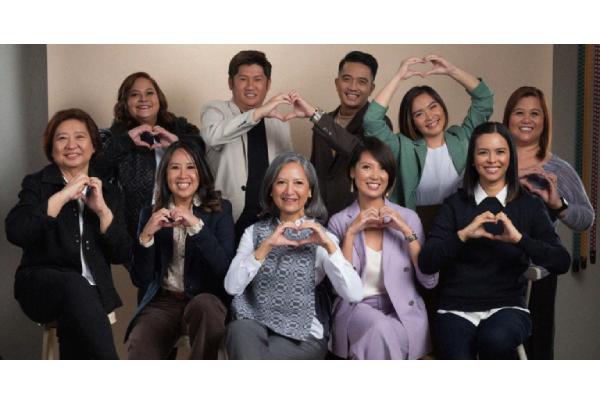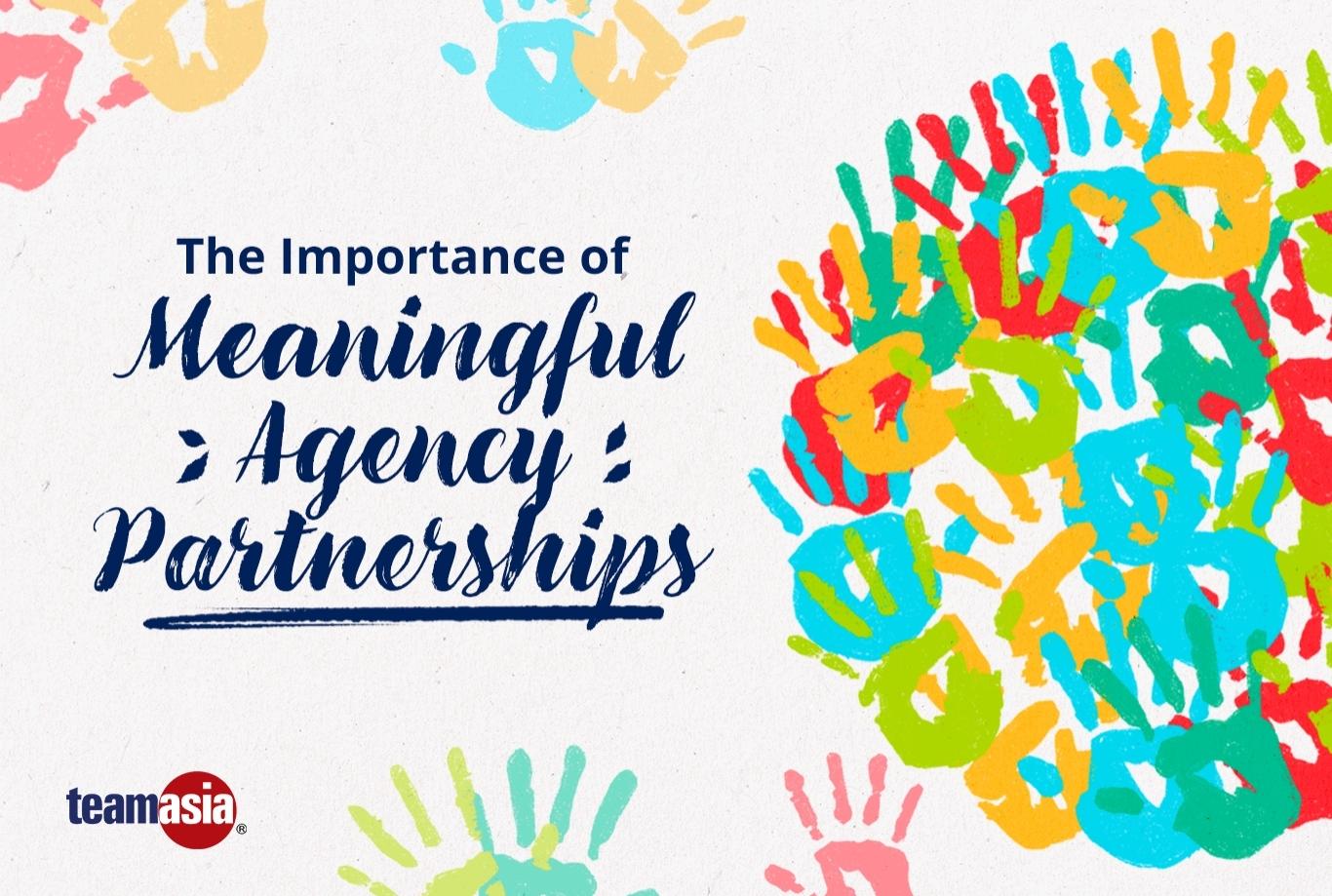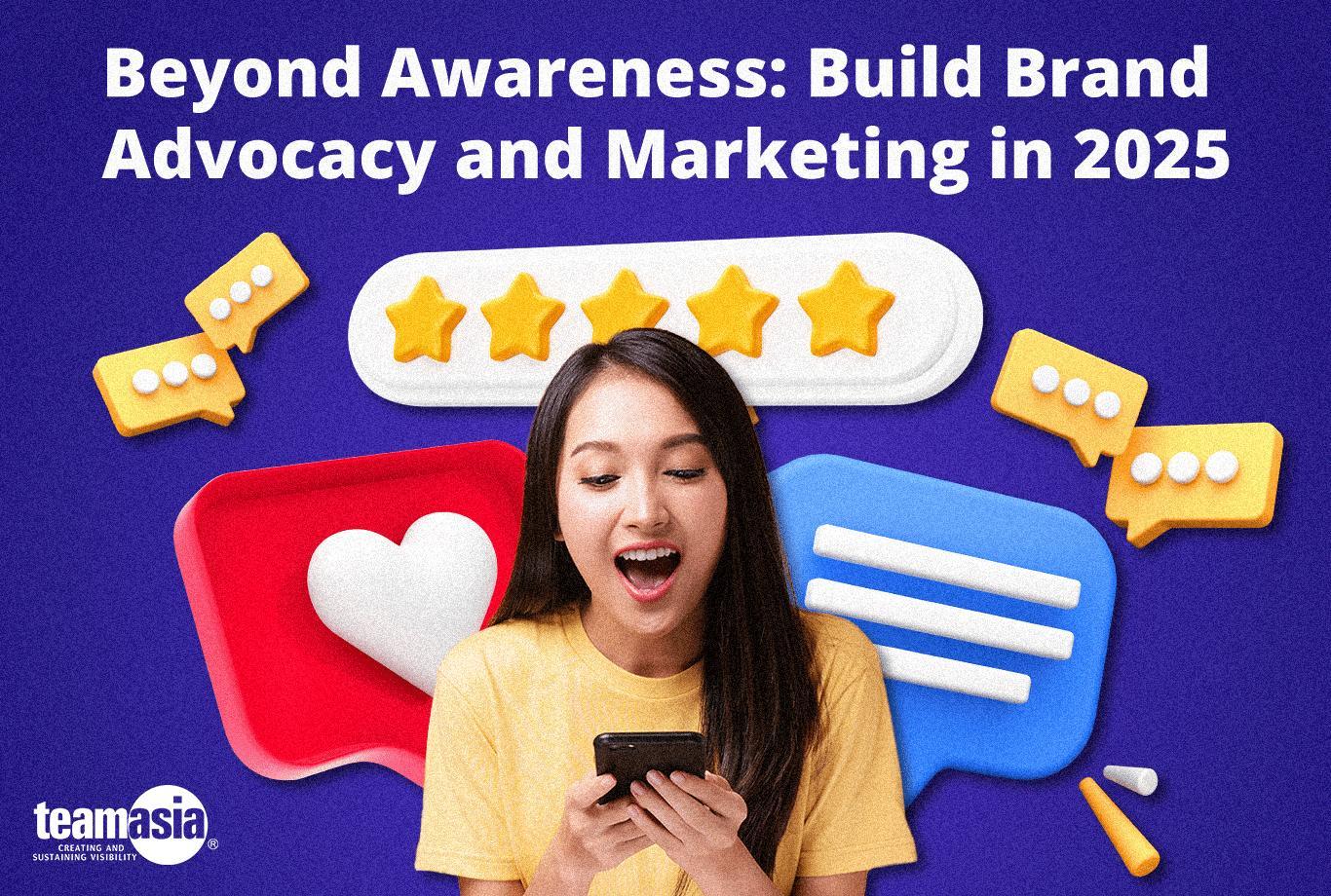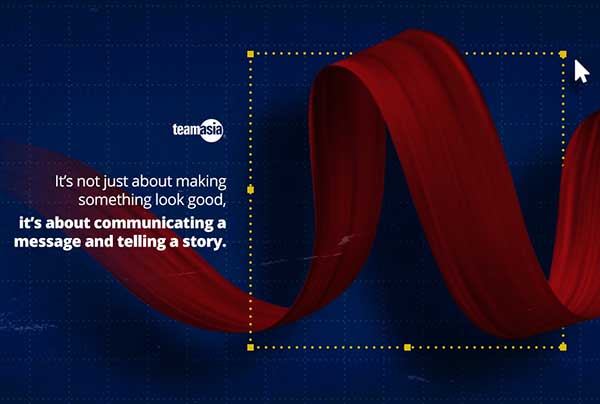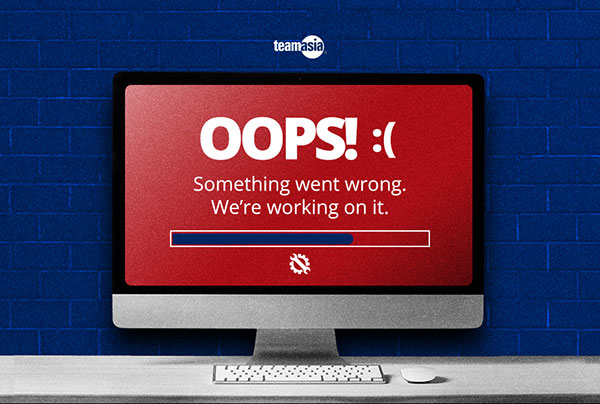CSR Campaign vs Advocacy: 5 Ways to Identify Them
by Cid Santillan, Content Director

What is Campaign and Advocacy?
Campaigns and advocacy are distinct approaches to promoting social or political causes. A campaign is a time-limited effort focused on achieving specific goals through strategic communication and mobilization. Advocacy, in contrast, is a continuous and long-term process aimed at influencing policies and attitudes, relying on research, relationship-building, and incremental progress.
While campaigns target immediate objectives, advocacy seeks sustained change over time to address broader societal issues.
CSR Campaign vs. Advocacy, Which is Better?
A recent New York Times article briefly touched on a recent phenomenon in the United States, where the youngest members of the workforce across different sectors are leading the shift away from corporate neutrality. They are calling for a more open expression of values from corporations and their executives, like for example showing support for the Black Lives Matter protests.
While the Philippines has yet to see a similar movement en masse, it could be beneficial for companies and organizations, in the long run, to begin to understand that corporate social responsibility (CSR) may not be enough. In this digital age when the public is more aware of their surroundings and issues, corporations are expected by their audiences and customers to take part in addressing society’s concerns. By differentiating CSR from advocacy campaigns, you might start to realize the importance of such movements that enable your company’s values to radiate outwards, elevating discourse and inspiring action toward positive change.
1. What: CSR is Corporate Conscience; Advocacy is Worth Fighting For
In abridged terms, CSR can be defined as the conscience of the corporation. These are programs aligned with the company or organization’s principles. For example, TeamAsia has My Dream in a Shoebox. While the program provides thousands of less fortunate children access to educational tools and materials to continue with schooling, it’s not feasible for the program to provide universal access to education. But advocacies can take it further. Through advocacy programs, social issues get to be highlighted and addressed. That is how corporations can take it a step further. With advocacy programs, a social issue is being addressed. Aside from education for all, other advocacies may also tackle health, poverty, the environment, and the like.
2. Who: CSR is for The Community; Advocacy is Nation Building
In a more specific sense, CSR also encompasses corporate sustainability. It consists of actions that aim to give back to the community and involved stakeholders. Sometimes, corporations target the communities that are impacted by their operations. On the other hand, advocacy campaigns can be entirely separate from the direct effect that companies have on their communities. Usually, advocacies aim for nation-building efforts through long-term actions, which goes into our next point…
3. When: CSR is Seasonal; Advocacy is For The Long Term
At the least, CSR programs are done annually. This is also the case for TeamAsia’s My Dream in a Shoebox. In the Philippines, then President Joseph Estrada in 2000 signed Proclamation No. 299 declaring the first week of July every year to be CSR week. But different companies and organizations have the independence to roll out their respective CSR programs at their discretion with a definite and fixed timeline. Meanwhile, advocacy programs can span as long a time period as necessary, as the issues they aim to address are usually not something that can be accomplished in a fortnight.
4. Why: CSR is The ‘Bare Minimum’; Advocacy is The Next Level
CSR programs are already expected of corporations by their public, consumers, and shareholders. The United Nations Industrial Development Organization describes it as the attempt to balance economic, environmental, and social imperatives, or the Triple Bottom Line approach while addressing the expectations of stakeholders. Last year, a bill encouraging and incentivizing CSR efforts was passed in the lower Congress. While it may spark more CSR programs among companies and organizations, they could also go to the next step and consider elevating it to an advocacy campaign. These are more upwards and forward-looking, bringing the next-level experience.
5. How: CSR Promotes Company Image; Advocacy Instigates Change
While there are several positive outcomes resulting from CSR programs, one of the most advantageous for the corporation is the effect it has on its image. CSR efforts create a positive perception in the minds of consumers and audiences regarding the company or organization. Don’t get it wrong, advocacy programs also have the same positive impact on the image of corporations. While CSR can tap the help of like-minded groups and communities for its efforts, advocacies influence impactful action and meaningful change through policy and decision-makers in the public and private sectors, as well as stakeholders and civic groups.
Conclusion
Despite the differences between CSR campaigns and advocacy, it’s important for companies and organizations to identify first the problem they want to address. Equipped with options for both CSR and advocacy programs, corporations can pinpoint which issue to tackle that best suits the values they represent to sustain long-term efforts. And while there are many ills in society, with everyone contributing their share towards solutions, we can achieve real and effective change.
After identifying the problem you will focus on, flesh out the answer to “Why?” as it will serve as your North Star. Reach out and build relationships. It’s crucial to have the right people in your corner to spark or enact change. We at TeamAsia are experts in advocacy PR. We can help you realize your vision and achieve your goals. After all, a well-realized and well-carried-out advocacy campaign is for the betterment of society. Contact us through info@teamasia.com.
